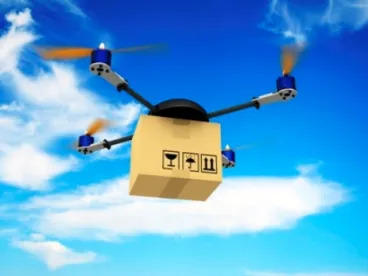The Federal Aviation Administration (FAA) released its unmanned aircraft system (UAS or drone) remote identification Notice of Proposed Rulemaking (Proposed Rule) on December 31, 2019. This is a huge step toward the integration of drones into the national airspace and an effective unmanned traffic management system. There is a 60-day public comment period; if you have a stake in the unmanned industry, you must submit comments before February 29, 2020.
The Proposed Rule includes new operating requirements for drone operators, including a requirement to operate only UAS that meet the remote identification design and production standards set out in the Proposed Rule. These new operating requirements would apply to ALL drone operators who are currently required to register (under the small UAS rule, Part 107). Specifically, the Proposed Rule would require drone operators to transmit remote identification within three (3) years of the effective date of the final rule. The three (3) remote identification classifications proposed by the FAA include the following:
-
Standard Remote Identification: Requires the UAS to transmit identification and location information to an FAA-contracted UAS Service Supplier (USS) and locally broadcast that information in unrestricted, unprotected Bluetooth signals. The FAA plans to leverage the Low Altitude Authorization and Notification Capability (LAANC) system that it is currently using to provide authorization for drones to fly in restricted airspace.
-
Limited Remote Identification: Requires the UAS to transmit identification and location to an FAA-contracted USS only, but is applicable only to visual-line-of-sight operations occurring within 400 feet of the operator.
-
No Remote Identification: Drones would not be required to transmit remote identification when operating within an FAA-Recognized Identification area (FRIA), the designation of which can be requested by community-based organizations, such as model aircraft clubs and associations. This would be effective one (1) year after the effective date of the final rule.
Of course, a UAS operator’s compliance with this Proposed Rule depends on the availability of the UAS (the device itself) to meet any final design and production standards. What does that mean for drone manufacturers? The FAA is also proposing to require that covered drones be manufactured in compliance with the final rule, beginning two (2) years after the effective date. To read the full Proposed Rule in the Federal Register, click here.



 />i
/>i
